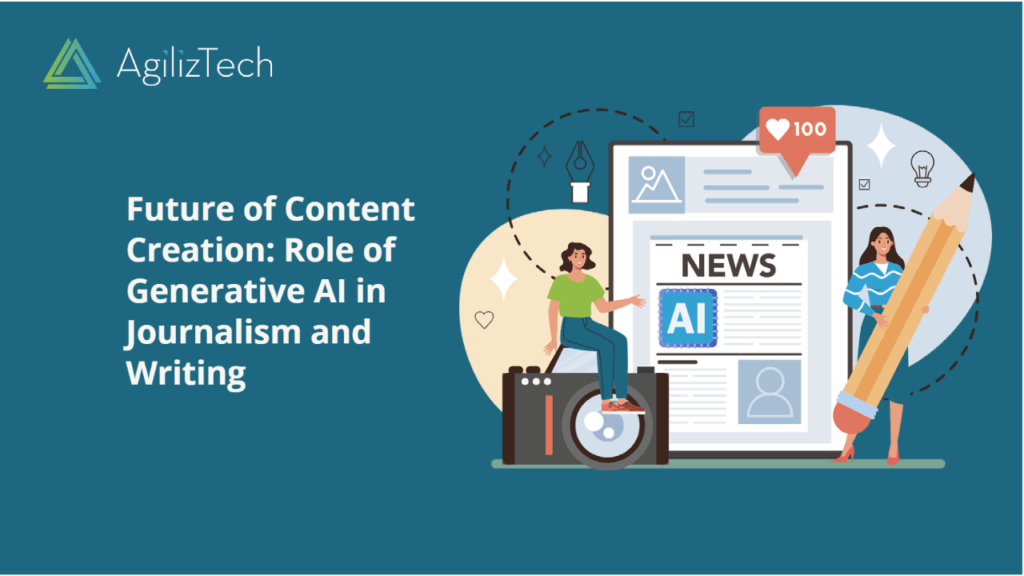
Generative AI in Journalism and Writing
Exploring the Future of Content Creation with Generative AI
Generative AI in Journalism and Writing: Overview
Content creation is one of the most critical and challenging aspects of journalism and writing. It requires creativity, research, accuracy, and style to produce engaging and informative texts for various audiences and purposes. However, content creation is also time-consuming, labor-intensive, and sometimes repetitive. This is where generative AI can play a significant role in enhancing and transforming the process and outcome of content creation.
Generative AI is a branch of artificial intelligence that focuses on creating new content from existing data or information. It can use natural language processing, computer vision, or other techniques to generate texts, images, videos, music, or any other form of content. Generative AI can also learn from existing content and mimic its style, tone, or structure.
Advantages of Generative AI in Journalism and Writing
One of the potential impacts of generative AI on content creation and journalism is that it can augment human writers and journalists by providing them with assistance, inspiration, or feedback. For example, generative AI can help writers and journalists with tasks such as:
- Creating outlines, drafts, or revisions for their texts based on their inputs or preferences.
- Crafting content tailored to specific genres, domains, or audiences as per their requirements or specifications.
- Ensuring content is consistent, coherent, and grammatically correct.
- Producing original, diverse, and creative content.
Another potential impact of generative AI on content creation and journalism is that it can automate some aspects of content production and distribution. For example, generative AI can help writers and journalists with tasks such as:
- Content creation for routine, factual, or data-driven topics, including sports, weather, finance, or statistics.
- Generating personalized or customized content for topics such as recommendations, reviews, or advertisements.
- Tailoring content for multiple languages, platforms, or formats to meet specific needs or preferences.
- Producing timely, relevant, and up-to-date content based on the latest information or trends.
- Crafting content optimized for search engines, social media, or other channels.
Challenges and Risks
However, generative AI also poses challenges and risks for content creation and journalism. For example, generative AI can raise ethical, legal, or social issues such as:
- The quality, accuracy, and reliability of generated content and its sources.
- Ensuring ownership, authorship, and attribution for the generated content and its creators.
- Addressing bias, diversity, and representation in the generated content and its perspectives.
- Ensuring authenticity, credibility, and trustworthiness of generated content for its consumers.
- Emphasizing responsibility, accountability, and transparency of generated content and its implications.
Generative AI in Journalism and Writing: Conclusion
Therefore, generative AI is not a replacement but a complement to human writers and journalists. It can offer new possibilities and opportunities for content creation and journalism but also requires new skills and standards to ensure proper use and evaluation. Generative AI is not a threat but a tool for content creation and journalism, but it also requires careful consideration and regulation to ensure its ethical and beneficial impact.


